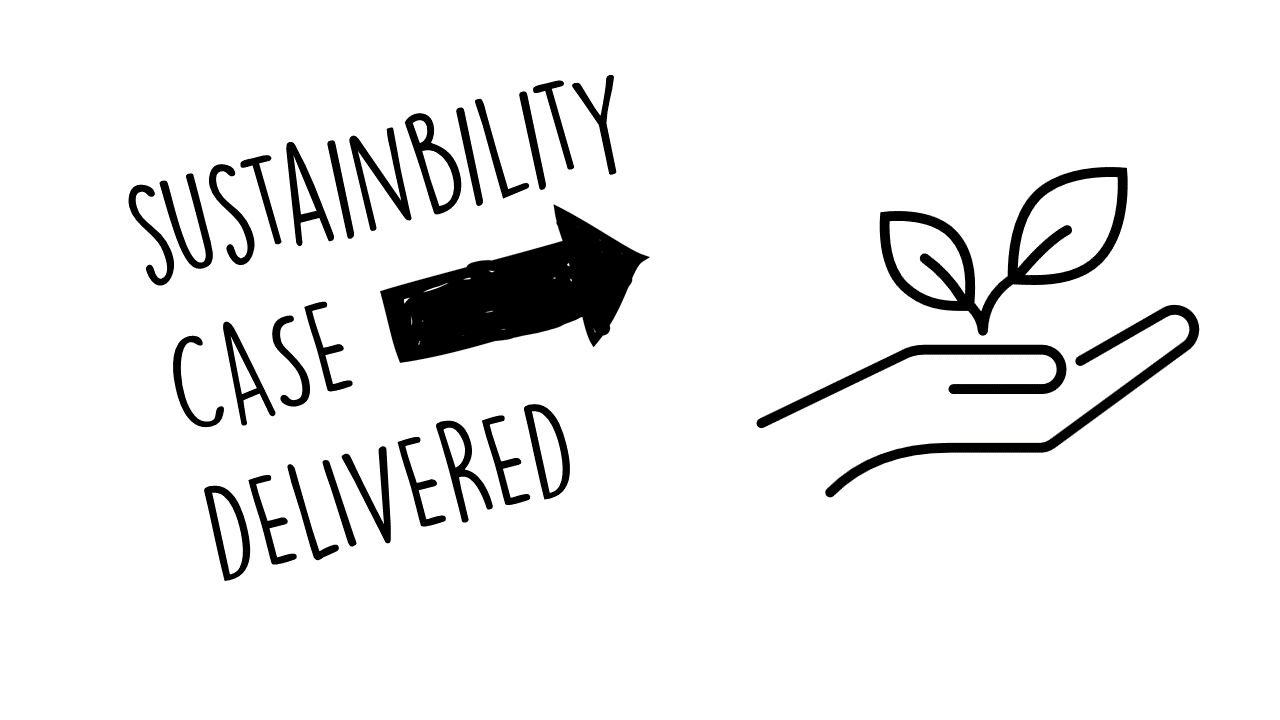Theme: “Understand the Past. Shape the Future.”
Purpose of the Series
To critically analyze the historical, cultural, political, and strategic legacies of the world’s most influential empires — and extract timeless insights, cautionary tales, and actionable wisdom for modern leaders, citizens, and nations.
Standard Format for Each Empire Chapter
1. Critical Analysis
- Foundational values, expansion model, and governing system
- Innovations and achievements (military, economic, cultural, scientific)
- Key contradictions and sources of decline
2. Strategic Assessment
- Long-term impact on world order, institutions, and identity
- SWOT/PESTLE or custom frameworks applied to their legacy
- Lessons from rise and fall: How they managed power, resistance, diversity
3. Strategic Choice
- What paths could modern societies take inspired by or avoiding these legacies?
- Legacy of control vs. cooperation, extraction vs. empowerment
4. Recommended Strategic Insights / Actions
- 3–5 takeaways or principles that can guide leaders today
- Warnings to heed and opportunities to harness
- Civic, economic, and geopolitical implications
Sample Empires for the Series
- Roman Empire – Legacy of law, infrastructure, and centralized power
- Ottoman Empire – Multiculturalism, religious governance, geopolitical balancing
- British Empire – Global trade networks, colonialism, English language & law
- Mongol Empire – Speed, strategy, and early globalization
- Chinese Empires (Tang, Ming, Qing) – Dynastic cycles, Confucian order, civil service
- Islamic Caliphates (Umayyad, Abbasid) – Golden Age of science, faith and empire
- Austro-Hungarian Empire – Bureaucracy, diversity, and the roots of modern nationalism
- Soviet Empire – Ideological dominance, central planning, and resistance movements
- French Colonial Empire – Cultural assimilation, revolution export, and resistance
- American Empire (Modern Informal Empire) – Soft power, tech dominance, and democratic ideals
Series Outcome Possibilities
- PowerBook Collection: “Thriving Wisdom: Legacy of Empires”
- Leadership Guide: “Lead Like an Empire, Fall Like None”
- Citizenship Series: “What Every Global Citizen Can Learn from Empires”
- Masterclass Workbook: DEEP INSIGHT: Strategic Thinking from Empires for 21st-Century Change-Makers
Masterclass Workbook
DEEP Insight: Strategic Thinking from Empires for 21st Century Game Changers
Tagline: “Timeless Wisdom. Strategic Power. Modern Mastery.”
Workbook Overview
Purpose:
Equip modern leaders, innovators, and civic game changers with strategic insights drawn from the rise, rule, and legacy of history’s most influential empires.
Target Audience:
Entrepreneurs, policy makers, civic leaders, educators, and conscious citizens seeking to lead with historical wisdom and future foresight.
Workbook Structure
1. Introduction
- Why Study Empires?
- How History Teaches Strategic Thinking
- The DEEP INSIGHT Framework
- How to Use This Workbook
2. The DEEP INSIGHT Framework Refresher
- D – Diagnose core empire strategies
- E – Evaluate long-term patterns and impacts
- E – Envision modern parallels and future scenarios
- P – Plan strategic actions for today’s leadership
3. Core Chapters: Strategic Thinking Lessons from Empires
Each chapter follows a consistent format:
Empire Name
Theme: E.g., “Rome: Infrastructure, Power, and Collapse”
- Brief History Overview
- Critical Analysis of Rise and Fall
- Strategic Assessment (SWOT / Legacy Influence)
- Modern Parallels: What this empire teaches modern game changers
- Strategic Choices & Lessons Learned
- Action Worksheet: Apply lessons to your project, team, or organization
Example Chapter Lineup:
- Rome – Strategy, Infrastructure, and Law
- Ottoman Empire – Diversity, Diplomacy, and Control
- British Empire – Global Trade, Cultural Legacy, and Moral Contradictions
- Mongol Empire – Speed, Innovation, and Network Dominance
- Chinese Empires – Bureaucracy, Knowledge Systems, and Longevity
- Islamic Golden Age – Science, Values, and Intellectual Power
- Soviet Empire – Ideology, Fear, and Collapse
- Austro-Hungarian Empire – Complexity, Ethnic Tensions, and Reform
- American Modern Empire – Soft Power, Digital Domination, and Decline Risks
- Future Empire Thinking – What Comes After the Nation-State?
4. Thriving Game Changer Toolkit
- Vision Map: Your Empire-Inspired Leadership Strategy
- Strategic Thinking Templates
- Decision-Making Matrix
- Risk Radar: Learn from Collapse
- Collaboration Canvas: Building Coalitions that Last
5. Closing Chapter
- Empire Wisdom for the 21st Century
- Final Strategic Reflection
- Commitment Page: Your 12-Week Game Changer Action Plan
Masterclass Workbook
DEEP Insight: Strategic Thinking from Empires for the 21st Century Game Changers
Introduction
Purpose & Vision:
This masterclass workbook is designed to equip modern leaders, innovators, and change-makers with strategic thinking frameworks drawn from the legacies of historical empires. By critically analyzing how empires rose, governed, and eventually transformed or collapsed, you will gain timeless insights into power, innovation, resilience, and adaptation—essential qualities for thriving in the dynamic 21st-century landscape.
Who Should Use This Workbook:
- Strategic leaders and executives
- Policy makers and public administrators
- Entrepreneurs and innovators
- Educators and thought leaders
- Anyone interested in applying historical lessons to contemporary challenges
How to Use This Workbook
- Interactive Exercises: Each module contains activities, case studies, and reflective questions.
- Frameworks & Tools: Use strategic models (SWOT, PESTLE, Porter’s Five Forces) to assess modern challenges.
- Action Planning: Translate historical lessons into actionable strategies for your organization or community.
- Collaborative Learning: Encourage group discussion, debate, and role-playing to test scenarios and strategic choices.
Module Overview
- Module 1: Foundations – Lessons from Empires
- Historical Overview & Key Concepts
- Understanding Empire Dynamics
- Activity: Mapping Empire Legacies
- Module 2: Critical Analysis Frameworks
- Tools for Strategic Analysis (SWOT, PESTLE, etc.)
- Case Study Analysis: The Roman and British Empires
- Exercise: Applying Analytical Frameworks to Modern Scenarios
- Module 3: Strategic Assessment – Opportunities & Threats
- Lessons in Adaptation and Resilience
- Identifying Internal and External Drivers
- Group Discussion: How would a Mongol strategist view modern logistics?
- Module 4: Strategic Choice – From History to Action
- Formulating Strategic Options Based on Historical Insights
- Interactive Exercise: Choose and Justify a Strategy (e.g., “Inclusive Growth vs. Authoritarian Control”)
- Debate: Lessons from the Ottoman Empire on managing diversity and dissent
- Module 5: Recommended Strategic Actions for 21st Century Game Changers
- Translating Historical Wisdom into Modern Policy and Business Strategy
- Crafting Actionable, SMART Strategies
- Activity: Design Your Strategic Action Plan (template provided)
- Module 6: Reflection & Future Roadmapping
- Reflecting on Key Learnings
- Roadmapping the Future: Personal, Organizational, and Societal Transformation
- Final Exercise: Create a Vision Board for Your Strategic Legacy
Detailed Module Content
Module 1: Foundations – Lessons from Empires
Objective:
Introduce the key historical empires and their strategic legacies. Understand their rise, governance models, innovations, and eventual transformation or collapse.
Content Outline:
- Historical Narratives:
- Roman Empire: Governance, legal frameworks, infrastructure, and military organization.
- British Empire: Global trade networks, colonial strategies, cultural and institutional influence.
- Mongol Empire: Rapid expansion, logistical mastery, and early globalization.
- Core Themes:
- Power and governance
- Innovation and infrastructure
- Societal integration and diversity
- Adaptation and decline
Interactive Exercise:
Mapping Empire Legacies
- Task: Draw a timeline mapping major empires, noting key strategic moves (e.g., technological breakthroughs, economic reforms) and turning points (e.g., crises, reforms).
- Reflection Questions:
- What common patterns emerge?
- How did each empire manage internal dissent and external threats?
Module 2: Critical Analysis Frameworks
Objective:
Equip participants with analytical tools to dissect both historical and modern strategic challenges.
Content Outline:
- Strategic Frameworks:
- SWOT Analysis: Strengths, Weaknesses, Opportunities, Threats
- PESTLE Analysis: Political, Economic, Social, Technological, Legal, Environmental
- Porter’s Five Forces for competitive dynamics
- Case Study Analysis:
- Roman Empire: Evaluate strengths (infrastructure, legal systems) versus weaknesses (overexpansion, political instability).
- British Empire: Analyze opportunities (global trade, cultural dissemination) versus threats (colonial backlash, economic dependencies).
Activity:
Modern Application Workshop
- Task: In groups, select a current strategic challenge (e.g., digital transformation in government, global supply chain resilience) and apply SWOT/PESTLE analysis.
- Outcome: Present findings and propose initial strategic directions.
Module 3: Strategic Assessment – Opportunities & Threats
Objective:
Learn to assess opportunities and threats by comparing historical examples with modern dynamics.
Content Outline:
- Identifying Drivers:
- Internal factors: Leadership, innovation, institutional agility.
- External factors: Geopolitical shifts, technological disruptions, social changes.
- Historical Comparisons:
- How did the Mongols leverage mobility and adaptability in their conquests?
- What can modern logistics and supply chain management learn from ancient strategies?
Discussion Exercise:
- Topic: “Resilience in the Face of Disruption: Lessons from Empires.”
- Format: Group discussion or roundtable debate—consider both military and economic dimensions.
Module 4: Strategic Choice – From History to Action
Objective:
Develop the ability to translate historical lessons into concrete strategic choices for modern challenges.
Content Outline:
- Evaluating Options:
- Compare different strategic paths: centralization vs. decentralization, authoritarian control vs. participatory governance.
- Use historical outcomes to justify preferred strategic directions.
- Interactive Exercise:
Scenario Simulation - Task: Given a modern scenario (e.g., managing a multinational tech conglomerate or leading national crisis management), choose between strategic options inspired by historical empires.
- Debrief: Each group presents their strategic rationale, discussing potential outcomes and risks.
Module 5: Recommended Strategic Actions for 21st Century Game Changers
Objective:
Formulate actionable strategies that integrate the wisdom of past empires with modern innovations.
Content Outline:
- Action Planning Framework:
- Define specific, measurable, achievable, relevant, and time-bound (SMART) strategic actions.
- Incorporate elements such as civic engagement, digital innovation, sustainable practices, and resilient infrastructure.
- Sample Strategic Actions:
- Transparent Governance Initiatives: Create mechanisms for civic dialogue and accountability.
- Digital Transformation Investments: Commit resources to upgrade digital public services, inspired by the efficiency of ancient administrative systems.
- Resilient Economic Policies: Develop strategies that balance global trade with local self-sufficiency.
Activity:
Design Your Strategic Action Plan
- Template Provided: Fill in sections for objectives, analysis, strategic choices, and action steps.
- Peer Review: Exchange plans with peers for feedback and refinement.
Module 6: Reflection & Future Roadmapping
Objective:
Consolidate learning, reflect on key insights, and chart a roadmap for future leadership and strategic initiatives.
Content Outline:
- Reflective Prompts:
- What are the recurring themes in empire legacies that apply today?
- How can modern leaders balance innovation with resilience?
- Vision Board Creation:
- Participants create a visual roadmap that outlines their personal or organizational vision incorporating historical insights.
- Future Roadmap:
- Define short-, mid-, and long-term strategic goals.
- Identify potential challenges and enablers.
Final Exercise:
Craft Your Vision Board
- Task: Using provided materials (paper, digital tools), design a vision board that encapsulates your strategic goals, key influences from historical empires, and your action plan for the next 5–10 years.
- Sharing Session: Present your vision board in small groups and discuss common themes and innovative ideas.
Conclusion & Next Steps
Summing Up:
The masterclass workbook guides you through an exploration of empire legacies, equipping you with historical insights and strategic frameworks that can inform modern leadership. By understanding the dynamics of power, innovation, and transformation, you are better positioned to navigate contemporary challenges and drive lasting change.
Next Steps:
- Review your completed exercises and refine your strategic action plans.
- Engage in ongoing discussions with peers or mentors about integrating historical insights into your leadership practices.
- Consider further training or workshops to deepen your strategic thinking capabilities.
This comprehensive workbook is designed as a living document—one that can be updated, refined, and tailored to suit the evolving needs of 21st-century game changers. Use it as a guide, reference, and source of inspiration to lead your organization, community, or nation toward a more resilient and innovative future.
NEED HELP




